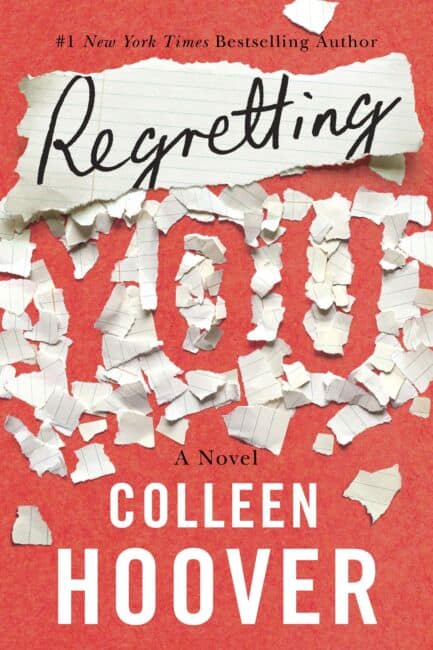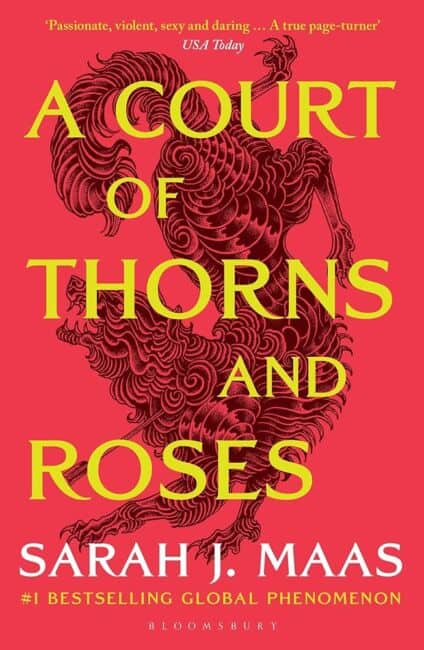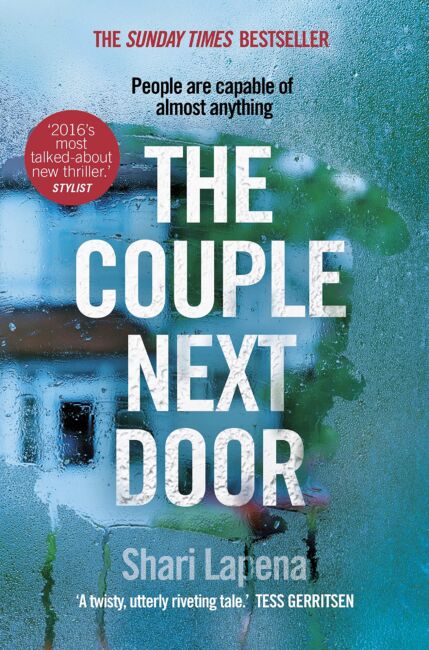A Guide to Annotating Books

There’s something magical about opening a book that’s lived a life beyond its printed words. The underlines, the margin notes, the question marks and stars scrawled next to lines that clearly meant something to someone.
Annotation isn’t just about analysing or studying. You can think of it as a way of slowing down, of noticing, and having an interactive experience as you read. And if you’ve found yourself swooning over aesthetic Pinterest posts of tabbed paperbacks and rainbow-highlighted pages, you’re not the only one. Annotating has become a part of the bookworm lifestyle.
Whether you’re curious about how to start annotating or you’ve tried it before but not quite gotten into the swing, this guide is for you. Let’s explore why annotation matters, how to do it without overthinking, and some tools and techniques that can make the process more personal and creative.
Why annotate your books?
We want to reiterate: annotating isn’t about turning every book into an academic project. Unless that’s what you want or need to do, of course!
Think of annotating as simply paying attention. When you take the time to mark up a page (whether it’s a quick underline or a full-blown essay in the margin), you’re training yourself to notice what’s meaningful for you. That could be a beautiful scene, some powerful phrasing, a moment of tension, or even something that confuses you that you want to come back to later.
Some people annotate to remember quotes (valid!). Others use it to track their emotional reactions or follow a character’s development. You might even find yourself writing “NO WAY” in all caps during a major plot twist.
There are so many reasons you might want to annotate – because you’re a budding writer learning techniques; or you’re studying for an essay; or you’re a bookworm that loves to look back on books and series; or you saw it on BookTok and it seemed fun (we don’t blame you!); or simply because you want to savour every word in the moment. Whatever your reason, annotating is for you!

How to annotate a book
Let’s address the elephant in the room: marking up a book can feel like sacrilege. Especially if you were raised to treat books with the utmost care so they stay in their original condition.
But we’d argue that engaging with a book in whatever way is best for you is treating it with the utmost care. And, in reality, unless you’re scribbling in borrowed books, nobody is going to get you in trouble for it!
So step one is to throw perfectionism out the window. Next, you might like to ask yourself some simple questions as you read, like:
- What stands out?
- What is unclear or confusing?
- What’s the writer doing with the language or structure here?
- Does any of this resonate with you or your life?
Start by writing a word or two in the margin, adding a question mark, underlining a phrase, or popping a sticky tab on the page to return to.
Throwing perfectionism out the window doesn’t mean you have to throw structure out with it. For example, some readers who are annotating for deeper engagement like to colour-code for different themes, emotions, or ideas. You can pop a key at the beginning of the book to remind you of their meanings.
What to use: Handy annotation tools
You don’t need anything fancy to annotate well. A pencil is a great starting point. Having said that, if you’re the kind of reader who finds joy in the stationery section (yep, us too), there are a few reading tools that can make annotating feel even more special. For example:
- Mildliner highlighters: these subtle highlighters won’t bleed through the page and are easy on the eyes.
- Sticky tabs: a few of these in different colours can help you quickly flip back to certain moments in a book; or, you can note down your thoughts on the tabs themselves if you’re hesitant to write on the pages.
- A notebook: writing down reflections chapter by chapter can help you track character arcs, or simply remember quotes you enjoy – another great option if you’re preserving the book’s pages.
At this point, E-book readers might be feeling a little left out… but don’t worry, there are still plenty of ways you can engage in annotating! Most apps, for one, allow you to highlight notes digitally – and you can usually export them when you’re done. Plus, if you want that tactile feeling, you could opt for a companion notebook to your E-book reading.

How to make annotating fun
As we touched on earlier, one of the biggest traps readers can fall into when they start annotating is feeling like they have to get it “just right”. But there is no single right way to annotate. Your notes don’t have to be fully formed thoughts, and they certainly don’t have to make “sense” to anyone but you. Your raw reactions, strange connections you draw, unfinished ideas – these are all valid and worth putting down.
However, it’s worth saying that the other side of that coin is overannotating. Trying to catch absolutely everything will leave you overwhelmed, and underlining each sentence will mean you remember none of them. Instead, try to trust your instincts and notice how the words make you feel. Did that particular line give you goosebumps? Did it make you feel angry or scared, like something was lurking around the corner? If a metaphor makes your brain light up or a character says something that feels out of place, make a note.
To make the process less arduous, many readers like to come up with their own system of symbols. For example:
- A heart means this is a favourite quote (obviously!).
- A star means this is an important plot point.
- A question mark means something feels off or you want to come back to it.
You can get as in-depth (or keep it as simple) as you like.
It’s also a good idea to play around with when you annotate – while some like to take notes on the spot, others like to leave a highlight or tab and come back to note down any thoughts at the end of a chapter. This could work like a chapter review, helping you retain information and see the bigger picture as you go. Whatever works for you!
The quiet joy of annotating books
Annotated books feel intimate. They’re not just stories anymore, but they’re records of a moment in your life, what you noticed, what moved you, what questions you asked.
Some annotations will be more practical than others – for example, if you’re using it to study. Others will be nonsensical scrawlings, and that’s perfectly OK too.
We hope that the next time a line knocks the breath out of you, you think about grabbing a pen or sticky note and having a conversation with the book through annotation!
Want more thoughtful bookish reads?
If you feel inspired by our guide to annotating books, there’s more where that came from! The Victoria Freudenheim blog is full of literary content to help you fall (more) in love with reading.
Or, if this has got you hungry for a good book, check out our latest reviews for TBR inspo.




